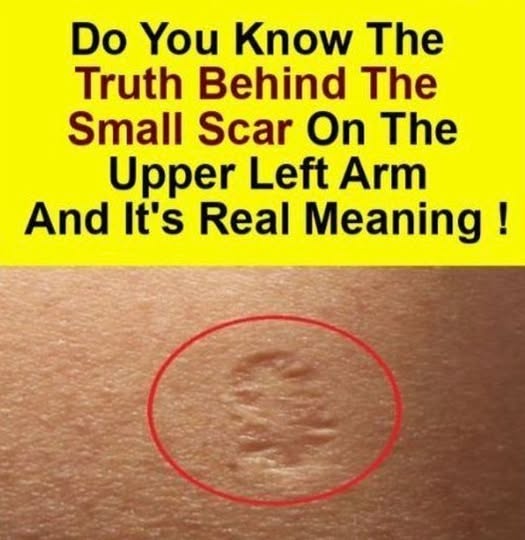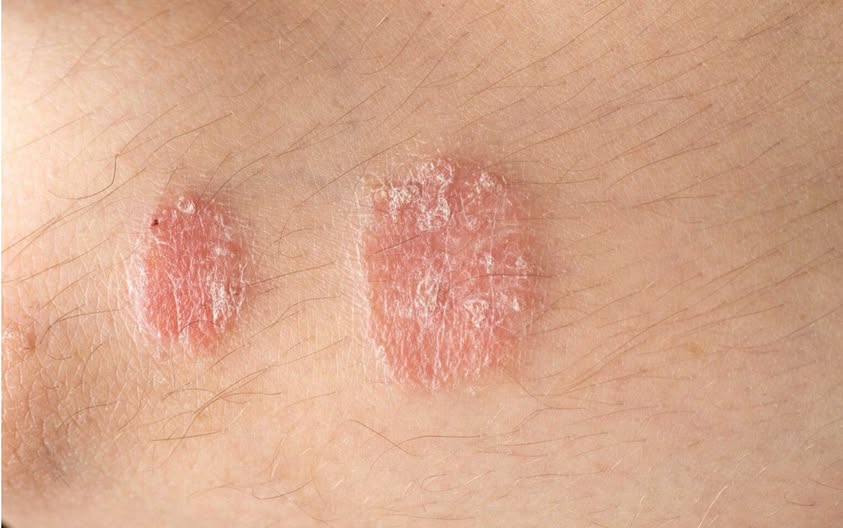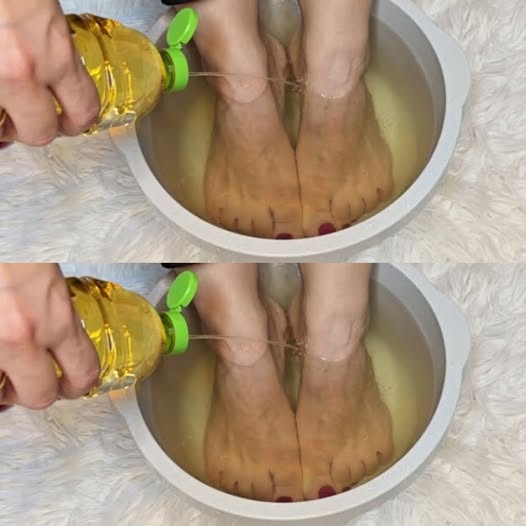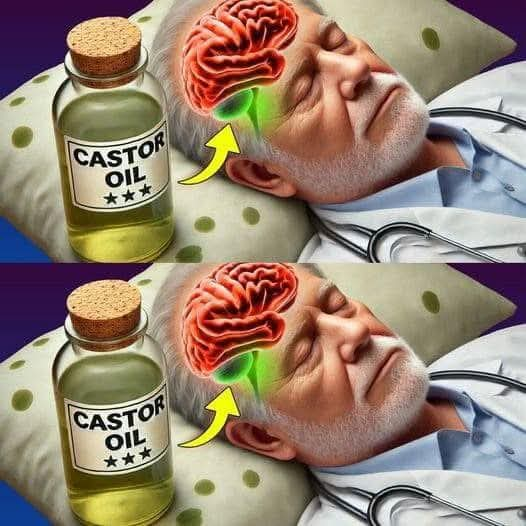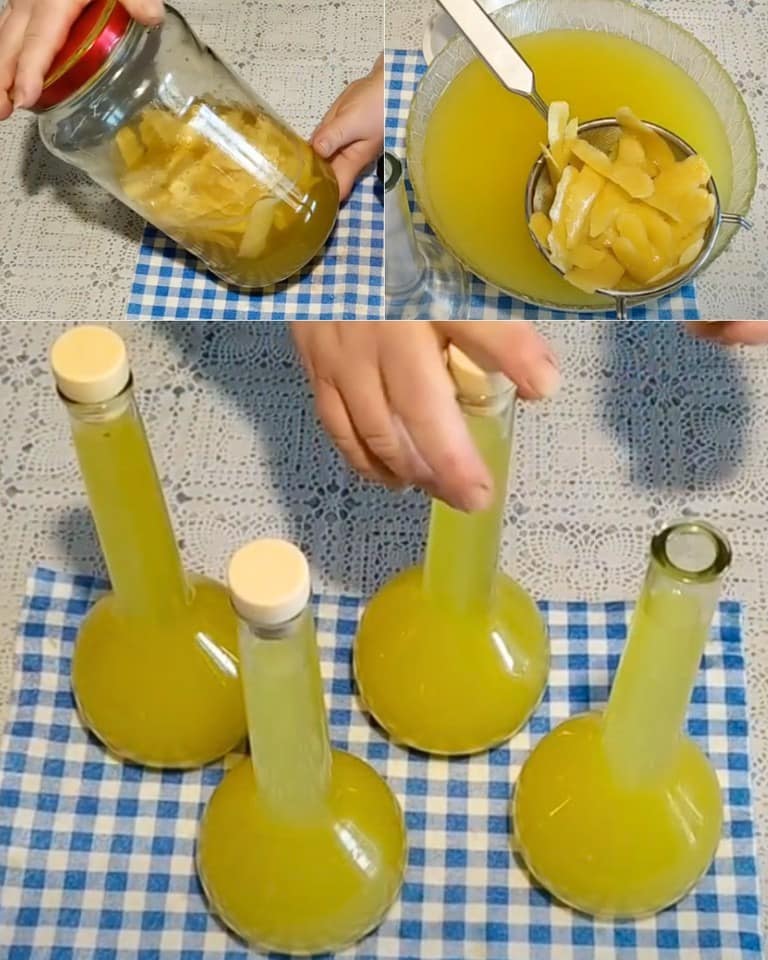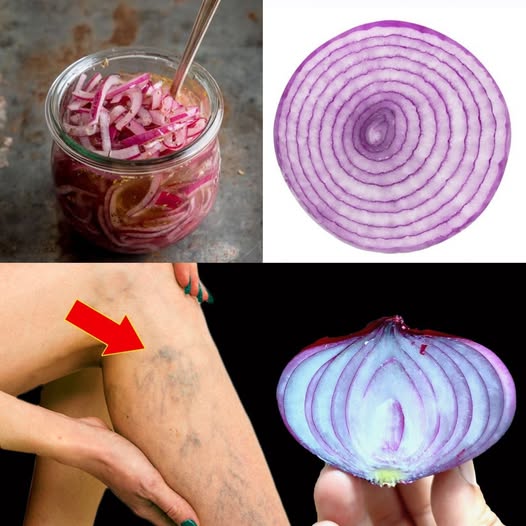
What This Is: Understanding Foam Packaging Inserts
What This Is and Its Purpose
The object in question is a foam packaging insert, a protective material crafted from substances like expanded polyethylene (EPE), expanded polystyrene (EPS), or urethane foam. Designed to safeguard delicate or fragile items, foam inserts play a crucial role in ensuring safe transportation, storage, and handling of goods.
The Origin and History of Foam Packaging
Development of Foam Materials
Foam plastics, such as EPS, were first developed in the 1940s by BASF, a German chemical company. The lightweight yet durable nature of these materials made them highly suitable for applications like packaging and insulation. By 1954, polyurethane foam emerged, offering enhanced flexibility and versatility.
Widespread Adoption
By the 1960s, foam packaging became a popular choice across various industries, including electronics, food, and construction. Its shock-absorbing, lightweight, and cost-effective properties made it indispensable for protecting products during transit.
Read more: 9 Warning Signs Your Body Might Show a Month Before a Heart Attack
Uses and Benefits of Foam Packaging
Primary Uses
- Product Protection: Foam inserts are custom-shaped to hold items like electronics, glassware, and ceramics securely, preventing movement and breakage.
- Shock Absorption: The unique wavy design absorbs vibrations and impacts, making it ideal for shipping fragile goods.
- Thermal Insulation: Certain foam materials, such as EPS, maintain the temperature of sensitive items like food, medicines, and electronics.
Key Benefits
- Lightweight: Reduces overall shipping weight and associated costs.
- Durable: Resistant to compression and external impacts.
- Customizable: Can be molded or cut to fit items of various shapes and sizes.
- Eco-Friendly Options: Modern foam materials often include recyclable alternatives to reduce environmental impact.
Environmental Concerns and Alternatives
Environmental Impact
Traditional foam materials, such as EPS, pose significant environmental challenges:
- Non-Biodegradable: These materials contribute heavily to landfill waste.
- Chemical Emissions: The production process can release harmful chemicals into the environment.
Sustainable Solutions
- Biodegradable Foams: Plant-based materials like mushrooms or starch are increasingly used to create biodegradable foam.
- Recyclable Foam: EPE foam is a sustainable option gaining traction in packaging industries.
Modern Applications of Foam Packaging
Electronics
Foam inserts are essential for safely packaging electronics such as phones, laptops, and televisions, protecting them from damage during transit.
Medical Industry
In the medical field, foam packaging ensures the safe transportation of delicate instruments and devices.
Construction
Foam boards are widely used in construction as insulation materials, enhancing energy efficiency in buildings.
Food Industry
Foam packaging is frequently employed in coolers and trays to preserve food freshness and maintain safety standards.
Read more: Experience the Power of Clove Tea: Uncover the Incredible Benefits of Boiling Cloves
Conclusion: What This Is and Why It Matters
Foam packaging inserts are an integral part of modern logistics, providing unparalleled protection for a wide range of products. By understanding what this is and exploring eco-friendly alternatives, industries can balance functionality with sustainability. Whether used in electronics, food, or construction, foam packaging remains a vital tool for safeguarding items and ensuring efficient delivery.
